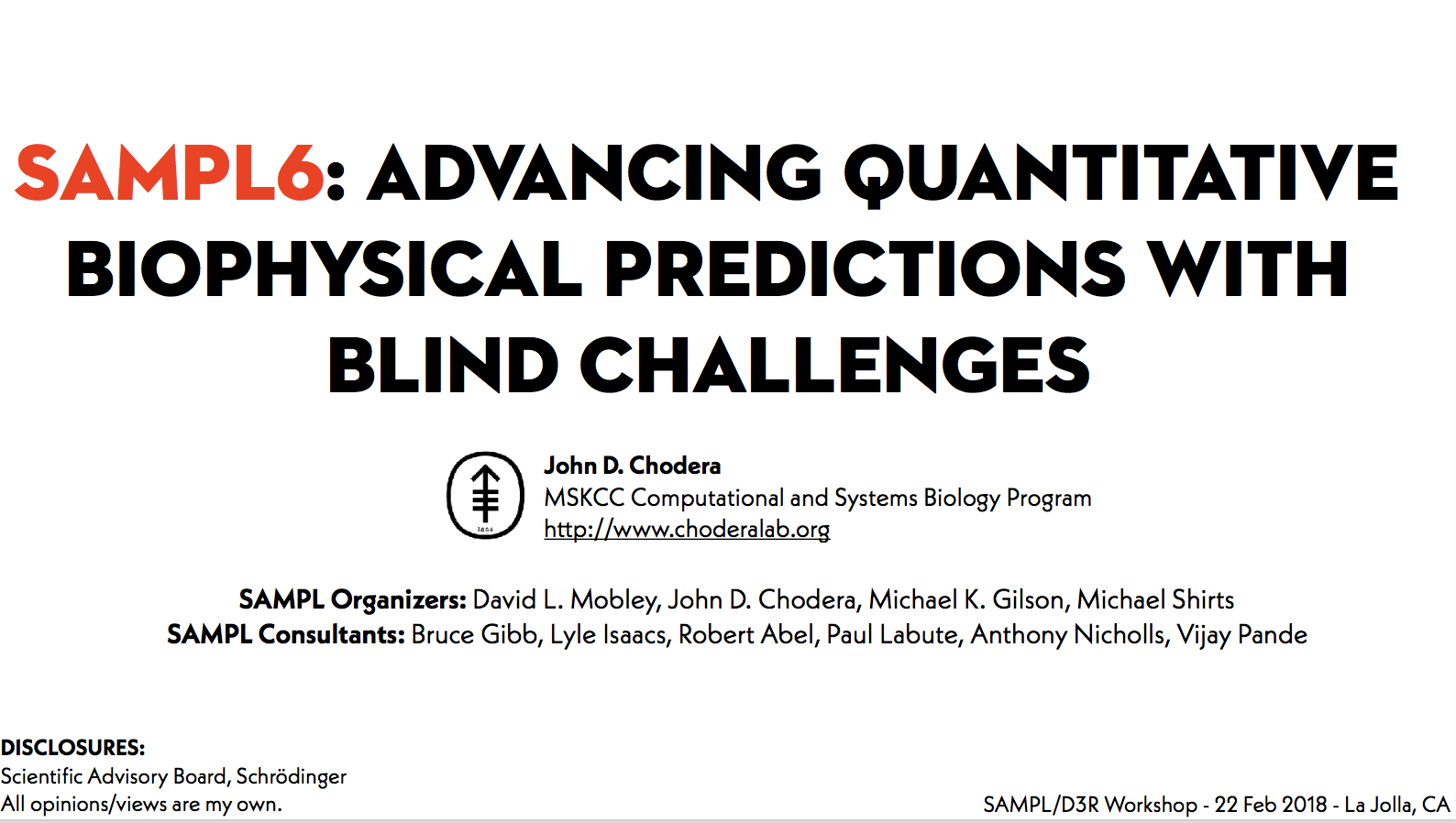Help us secure federal funding for OpenMM!
/Recently, OpenMM applied for NIH funding, and while we just missed being funded this round, we’re optimistic about being funded in our resubmission. Besides powering a large fraction of the biomolecular simulation community (OpenMM Has been downloaded over 380,000 times from conda alone), we’re super excited to be working be able to tightly integrate OpenMM with modern ML frameworks such as TensorFlow, PyTorch, and JAX. We are building OpenMM plugins to allow machine learning potentials or collective variables defined in these machine learning frameworks to be easily used within OpenMM, and Python libraries to make it easy to build next-generation hybrid quantum machine learning / molecular mechanics (QML/MM) models within these frameworks. Our earliest results already show that hybrid QML/MM simulations where the ligand is treated with QML can drastically reduce the error in alchemical protein-ligand binding free energy calculations from 1 kcal/mol to 0.5 kcal/mol! We’ll also build a common model repository that will allow popular QML models to easily be used in your simulations. You can read more about our plans in our research proposal, posted here.
EDIT: The submitted research proposal is available here. Thanks to all of you who submitted letters of support!
We need your help!
If you either currently use OpenMM in your research or software, or would like to in the future, please consider writing us a Letter of Support for our NIH resubmission! All you have to do is draft a letter on institutional letterhead, addressed to
Tom Markland
Associate Professor, Department of Chemistry
Stanford University
and cover any or all of the following bullet points:
How you currently use OpenMM in your research or software, or how you plan to use it
How additional support for quantum machine learning potentials, machine learning collective variables defined in PyTorch/TensorFlow/JAX, or complex integrators defined in these packages will be useful to you
Why you think machine learning potentials or collective variables are going to be useful for biomolecular simulation
How you would be able to make use of our specific proposed work in the grant proposal, such as support for advanced potential functions, continued hardware optimizations, machine learning framework plugin support, hybrid QML/MM potentials, accelerated physical MM force Op library for machine learning frameworks, or the generation of large quantum chemical datasets for biomolecules on Folding@home that will be deposited real-time into the MolSSI QCArchive quantum chemistry archive
Finally, send a PDF copy of the Letter of Support to openmm@choderalab.org by Friday 23 October.
We also welcome your feedback on how OpenMM can continue to serve the needs of the biomolecular simulation community over the next decade and beyond!
Thanks so much!
John Chodera
Tom Markland
Gianni de Fabritiis































